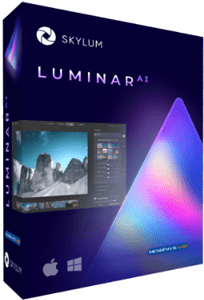

Prospective buyers may be confused in part from the different product names, which don’t offer a clue to the intended audiences. According to Skylum, this means that different parts of the application can be individually optimized for best results. And Skylum states that Neo is based on a different engine, one based on a modular system. The approach does appear to bear that out. Skylum states that these two are intended for different audiences. After all, Luminar Neo is not named Luminar AI 2.0. While Luminar AI currently does not support Layers, it does offer local adjustments and masks. Like Serif Affinity or Adobe Photoshop, Neo supports Layers, enabling the user to make finer adjustments. I do want to point out, though, that Luminar Neo displays their Layers prominently, located on the left of the image. We’re going to have a look at the Edit features in both. And yes, that includes the ones that you purchased earlier. Skylum states that you will be able to import Luminar AI Templates into Luminar Neo soon. In Luminar Neo, if you adjust a Preset, it shows in the Edit mode, but only as a slider, allowing you to adjust the effect by percentage and nothing more. On the other hand, Luminar AI allows you to edit their Templates in Edit mode. They’re sort of like Templates except for one thing: You cannot edit them. Luminar Neo may not have Templates, but it does have Presets. The flow of the interface suggests that the edits flow from the Templates although you certainly can head straight to Edit mode. They would seem to appeal largely to those new to post-processing phots. Many of them seem like they would be useful to most people. These Templates allow you to process photos with a single click. Luminar AI uses them Luminar Neo does not. The interface is relatively similar except for one giant difference: Templates. Luminar AI has Templates up top before Edits, encouraging you to use that first.īoth Luminar AI and Neo are easy to use. Beginning to edit a single photo differs between Luminar Neo and Luminar AI.


 0 kommentar(er)
0 kommentar(er)
